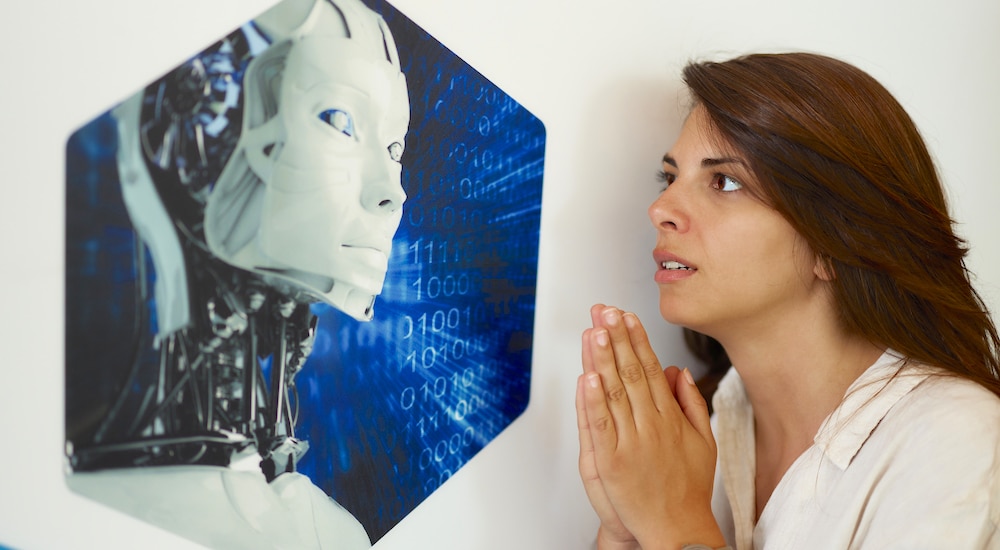Changing context for hearing aids and sound amplifiers in the US
PSA
The New York Times recently ran an article about the new environment emerging in the area of hearing aids and consumer electronics.

In many areas, new technology is coming into conflict with traditional medical practice and regulated devices. Alongside genetic tests ordered directly by individuals and not doctors, and medical diagnoses using smartphone apps, the issue of hearing rehabilitation has come under the spotlight.
Extra attention was focused on the question when the US President’s Council of Advisors on Science and Technology (PCAST) wrote last October in a much-debated report that concentration and overregulation of the hearing aid industry have meant that these devices have not followed the same path as so many consumer electronics devices, with technology opening up markets to innovation and causing a drastic drop in prices, thus making the devices more widely accessible.
This is one area where the worlds of consumer electronics and medical devices are trying to find new identities and new rules are under discussion for the way the environment operates. Hearing aids average USD 5,000 per pair in the US, are highly regulated, and are always part of specialized services offered by professional audiologists. At the same time, consumer products that unofficially claim to do a similar job are sold without regulation at a fraction of that price.
Many questions currently remain open: should regulations on hearing aids be relaxed to promote innovation and transform the pricing system? Should sound amplifying consumer devices being used as “hearing aids” be subject to some regulation and control? According to Dr. William H. Maisel, Acting Director of the Office of Device Evaluation at FDA, “We are willing to evolve and change, if that is appropriate.”
Source: The New York Times



